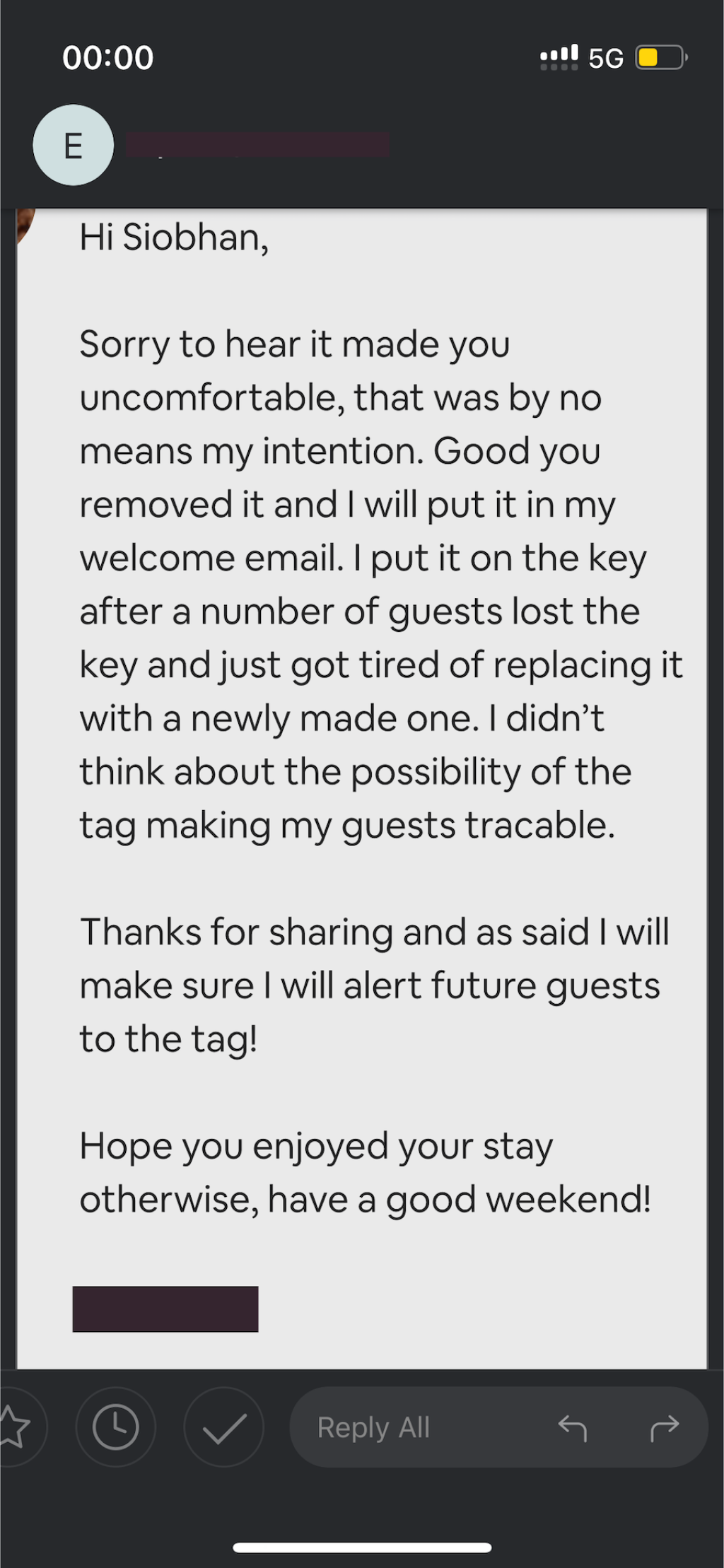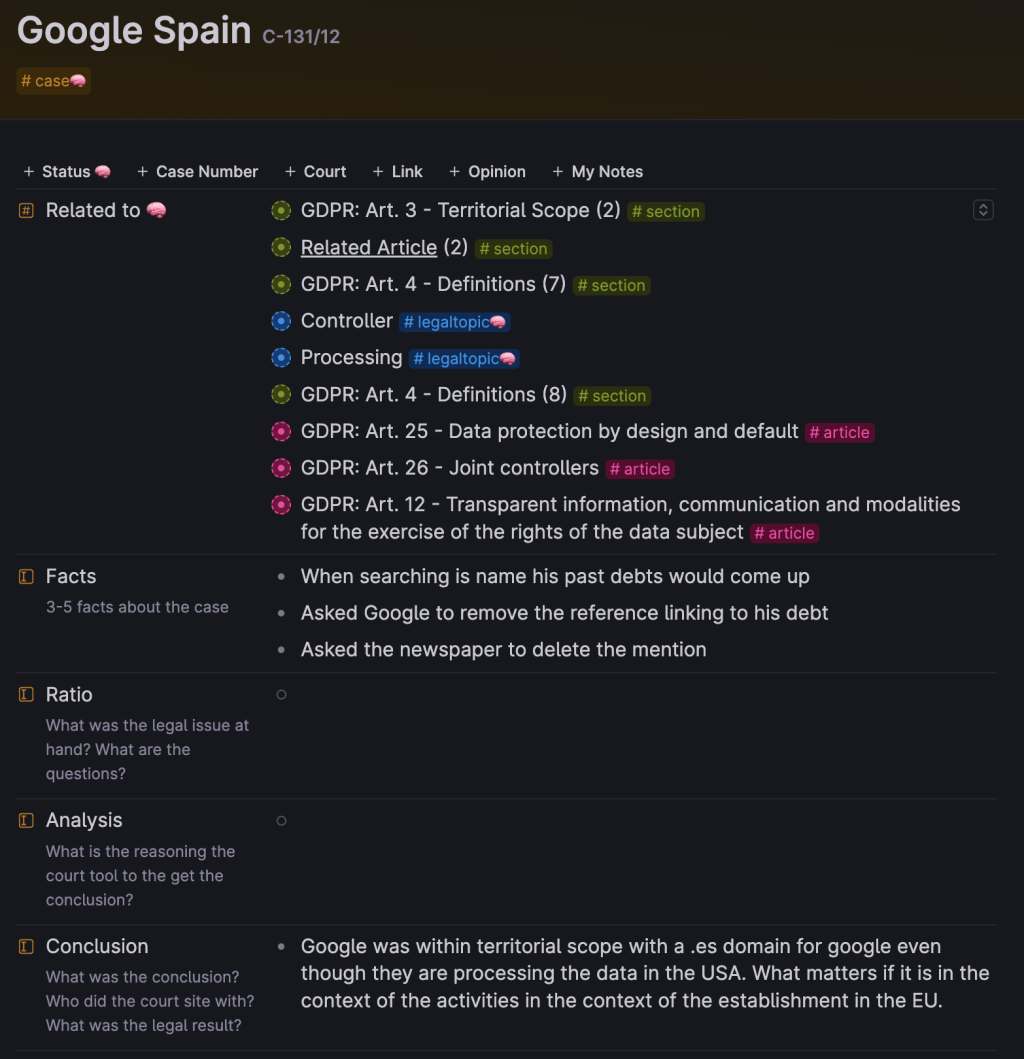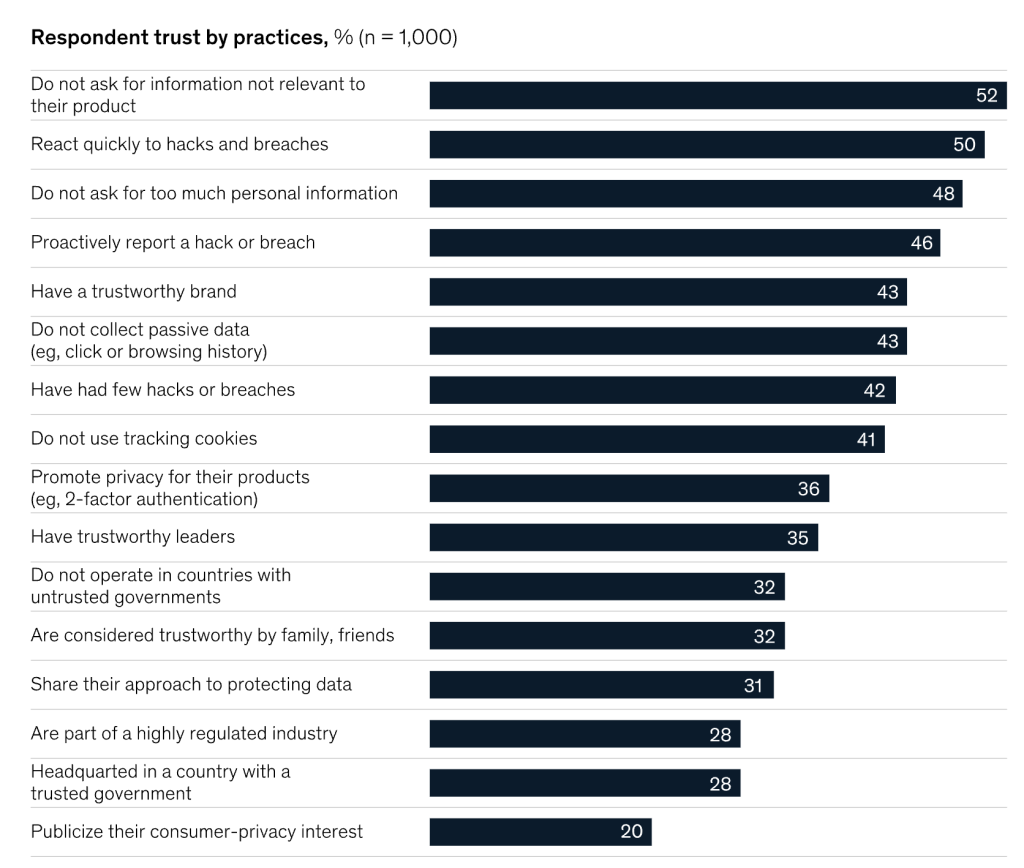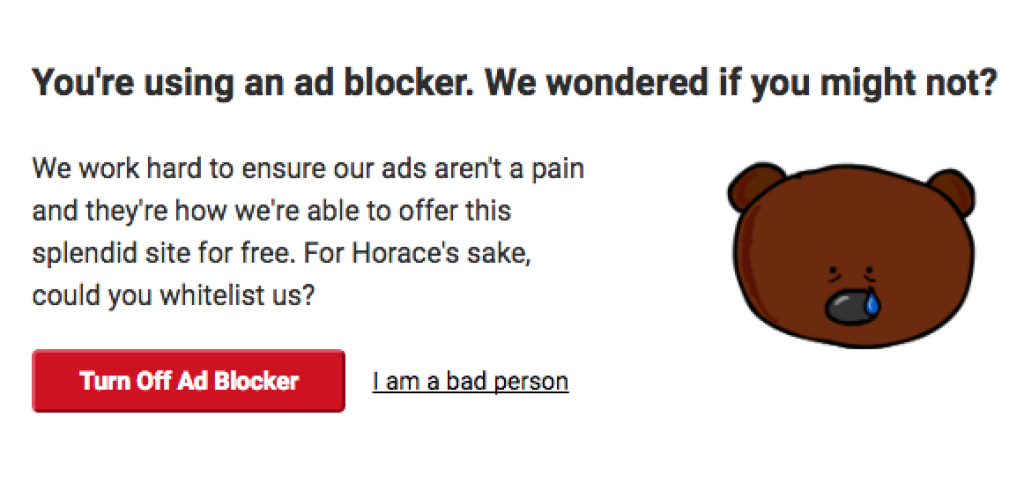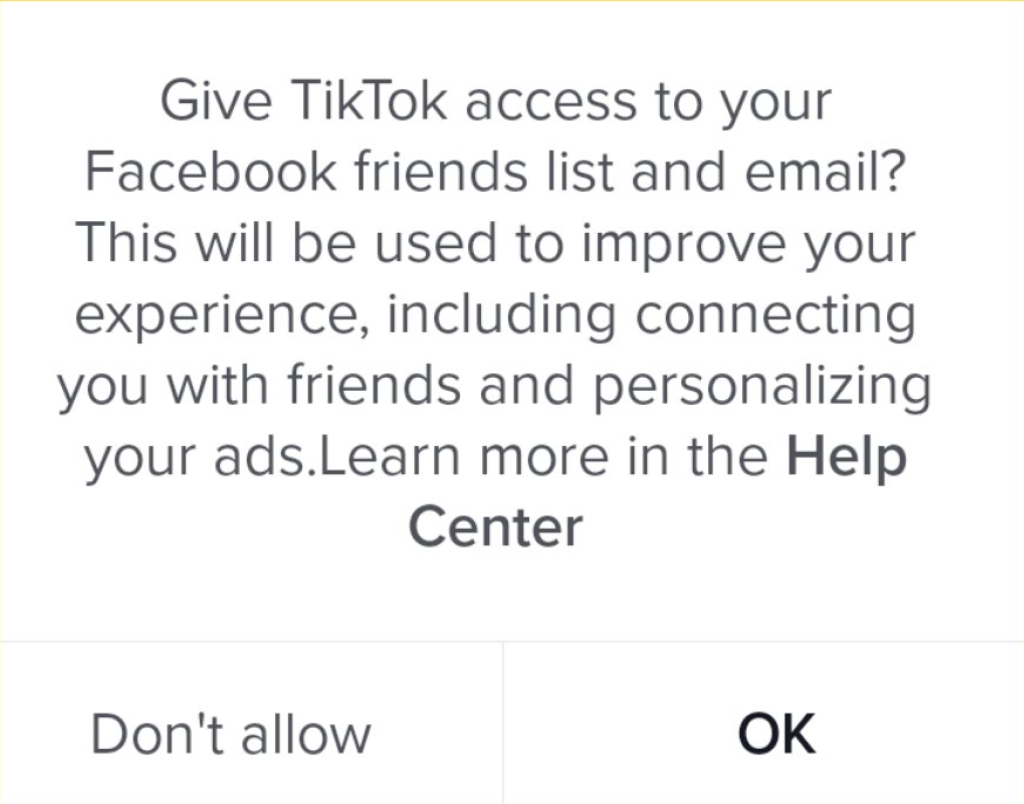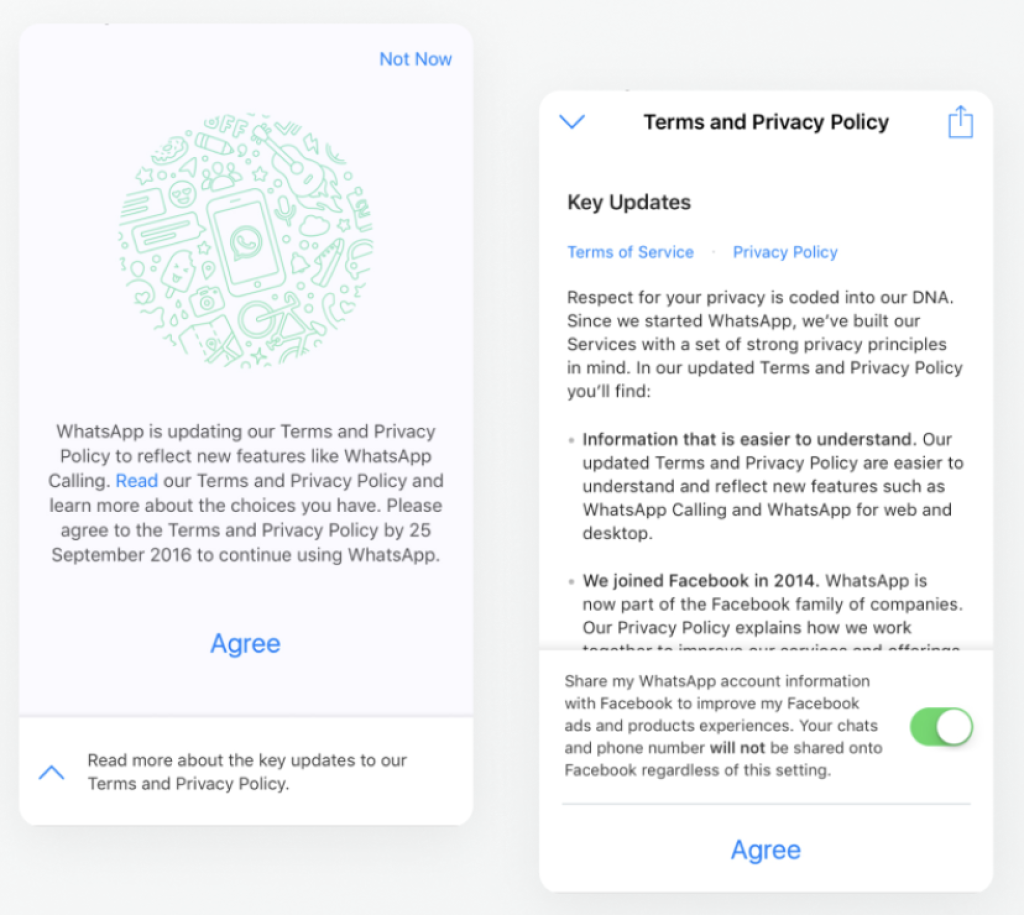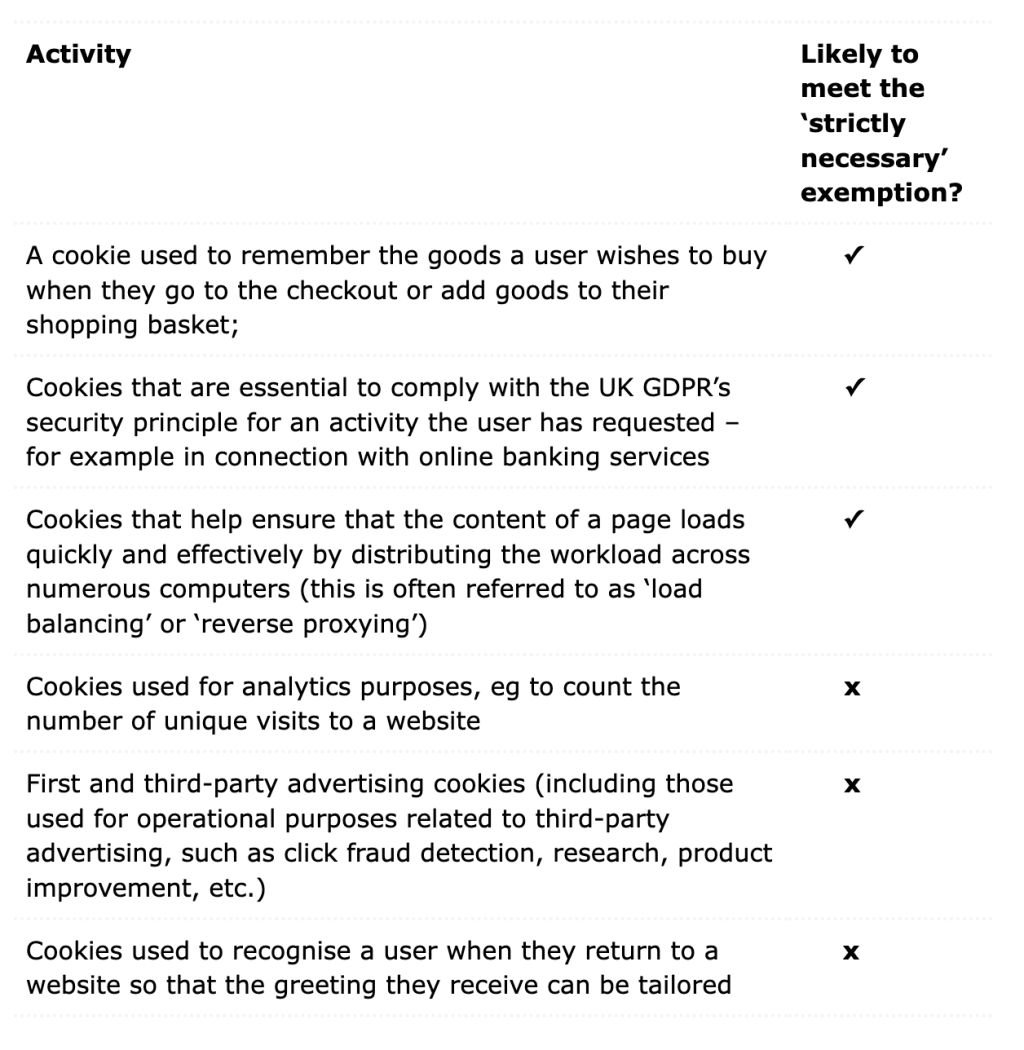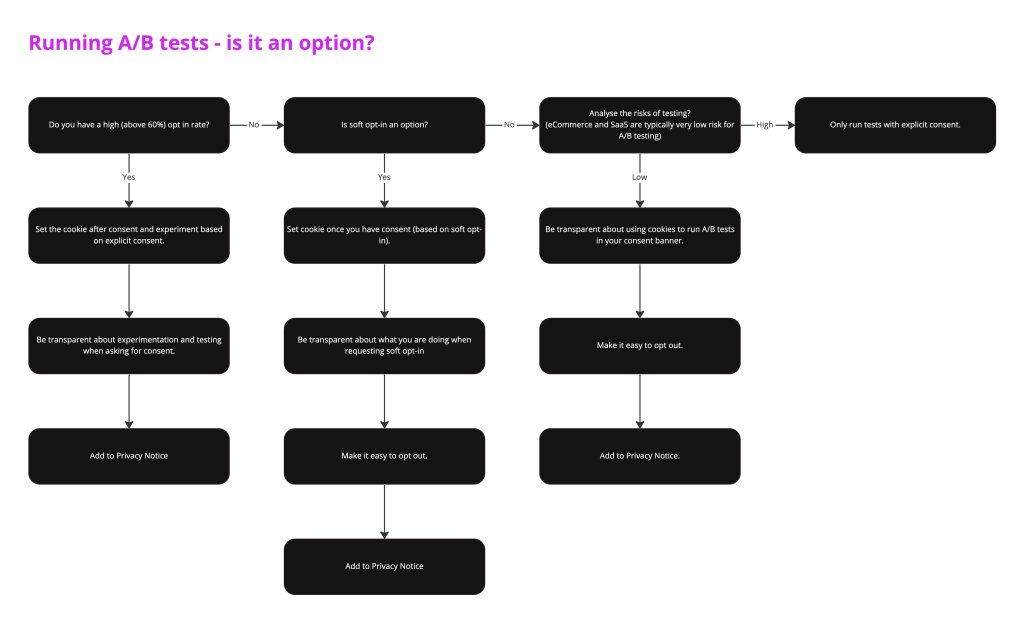I booked an AirBnB.
Self check-in. Cute. Good coffee. Great location. Beautifully designed.
It was a dream.
At the end of my first day, brain dead, I stumbled up the stairs. Opened the door and dropped everything on the floor and collapsed on the bed.
Then, out of nowhere, my iPhone had one of those I-need-you-to-pay-attention-to-me-right now alerts. Those that make you jump.
I scramble to find it in the heap of things on the floor.
It says:
Someone is tracking you.
Wait? What?
What do you mean - tracking me?
I click on the message and this is what I see.
I was a bit confused.
But then, slowly, it sunk in.
Someone was tracking my every move since 4AM!!!! They can see my every move on a detailed map. Every single place I’ve been.
I looked everywhere for a tag.
Dumped my bag.
Searched all pockets.
Finally found it, hidden in the keychain.
Clearly the owner has had some issues with people loosing their keys (at least I hoped that was the reason) and thought this was the solution.
He clearly didn’t first think:
What would someone feel like if they found out they are being tracked?
Why do I need to track them?
Is there a better way?
Should I be transparent about tracking them?
In marketing it’s similar. We want all the info.
We don’t first think:
What do we need it for?
Do we really need all of it?
Does it have to be that invasive?
Are we being transparent about it?
Is there another way we can make this campaign successful?
How would I feel about it?
And it’s not only that. It’s not only about respecting the user and their privacy.
It’s also not exclusively about following the principles of data minimisation, and purpose limitation.
It’s about the consequences.
Do you know the first thing I did once I realised that someone decided to track my every move while I was renting an apartment from him (no, there were no notices of this anywhere - I looked for them)?
I started checking for:
cameras
baby monitors
other tags
notices that I’m being tracked
wondering if the key code entry was transmitting anything
And I definitely didn’t sleep well that night. And I cleared out of there quick. Found another place to stay.
The same happens with our customers if we are not clear about what we are doing.
If we abuse their trust.
If we track them without concern.
When they find out they run.
They think about all the other invasive things you could be doing.
You loose them, for life.
Is it worth it?
A quick read on how to detect you are being tracked by an AirTag if you are outside of the Apple ecosystem.
So, how did it all end?
I wanted to believe that the owner of the AirBnB just didn't think it through. After bringing this up (no I was not a b*tch about it)
I got the following response:

